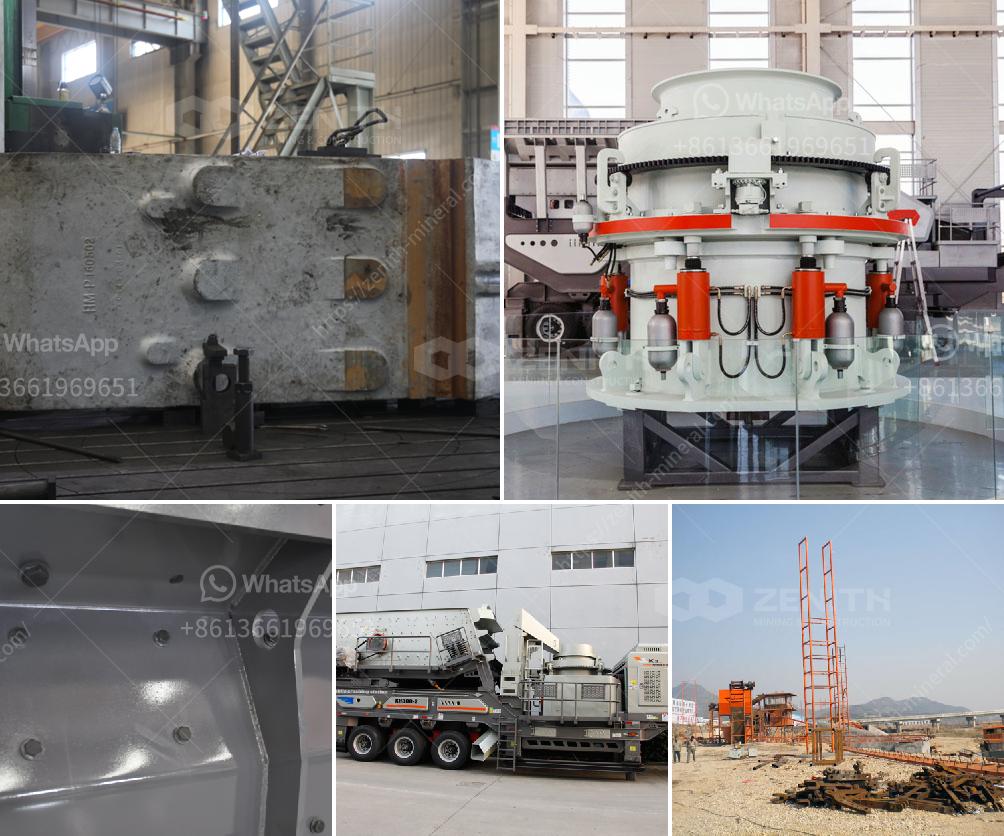The iron ore screening process is a crucial part of iron ore beneficiation and involves separating the iron ore into different size fractions based on particle size. Here’s a breakdown of the steps involved:
Crushing: The iron ore is first crushed using crushers to break down large lumps into smaller, manageable pieces.
Screening: The crushed ore is then passed through vibrating screens or other types of screening equipment. These screens have openings of varying sizes through which the ore is sorted. Particles that are too large are sent back for further crushing, while those of the desired size move on to the next stage.
Classification: The material is further classified based on size using these screens. The main aim is to prepare the feed for further processing by removing fines and ensuring uniformity of particle size.
Washing: In some cases, a washing stage is included to remove impurities such as clay and silica from the ore, which can affect the efficiency of further processing stages like magnetic separation or flotation.
Secondary Screening: Additional screening stages may be required to refine the ore further.
Through this systematic screening process, iron ore is prepared for further industrial processes aimed at extracting and refining iron. The goal is to achieve a consistent and high-quality material that meets the requirements for its intended use, typically in steel production.

